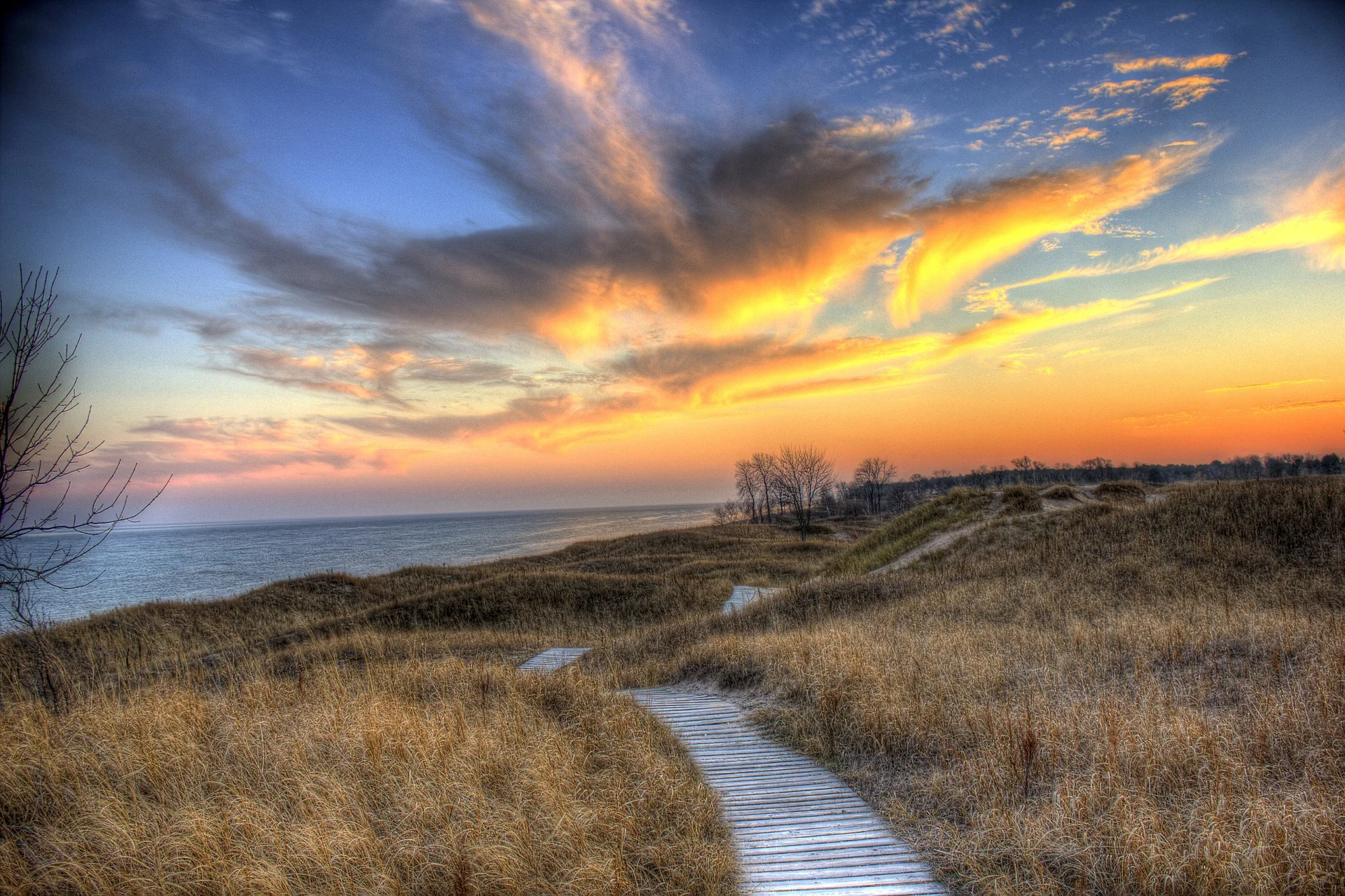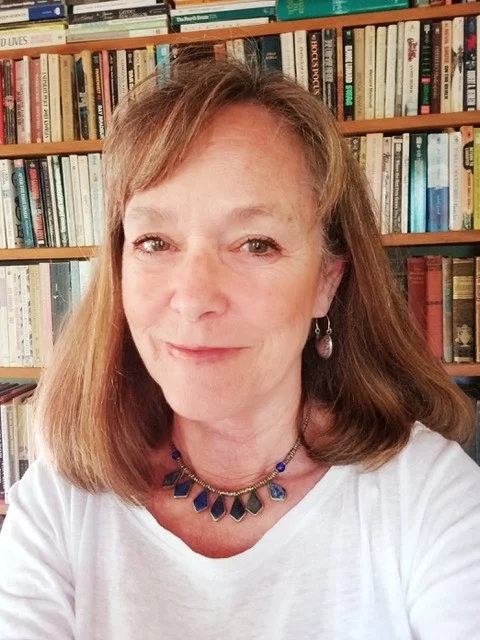There are moments in our lives that widen our eyes and capture our hearts. Other moments sear and scar. Both the beautiful and painful carve deep grooves into our memories and, in some irreversible way, define us.
Often when I can’t get to sleep, I relive the ugliest memories—an injurious accident, words I regret saying, anything hurtful or shameful that makes me shudder. Dwelling on frightening and dreadful experiences relates to the early days of human development when our primary thoughts helped ensure survival. In safe and peaceful times, cavewoman had no need to fret. But when a predator approached, she had to take action, climbing a tree or dashing into the water. When she felt ashamed, she retreated to a hidden spot until the dark time passed.
It’s the dark and disturbing times that writers labor to capture and that readers are attracted to. The sense that we are not alone in our struggles compels us to reach into the darkness either to read about disturbing events or to write about them.
“Frog Heart” describes one high school biology class that still haunts me. My favorite classes were English and French. Later I would major in Elizabethan literature at college with no concern for how studies in Shakespeare and Milton would earn me a post-degree living. I was following my bliss. So in secondary school, I put off the required science classes as long as I could and finally took them grudgingly. I rarely did homework and studied only before a test. I was so much the teacher’s problem child that one day she assigned me to outline the chapter we were to read and hand in the outline the next day. Surprisingly, I found the material fascinating, and in class the next day I could answer every question Mrs. Hanzal posed.
Then the frogs came out. She had them in a large plastic basin with a lid and told us to work with a partner. My partner, a boy whose name I don’t recall, picked out the largest of the frogs and our work began. I wasn’t ready for what ensued. I’d had no interest in becoming a veterinarian or a doctor or even a nurse. So what was the point?
Frog origins date back 265 million years. The carnivorous amphibians breathe through their skin and for centuries have symbolized rebirth, prosperity, and even fertility. In fairy tales, kiss a frog and it turns into a prince. Stick a pin into its heart, and it dies.
I had started to understand biology and even enjoy it until I was told to kill the frog. That moment leaped into my long-term memory. I thought writing about the event would evict it from the limbic system of my brain. Ironically, the essay “Frog Heart” makes the memory all the more vivid.



